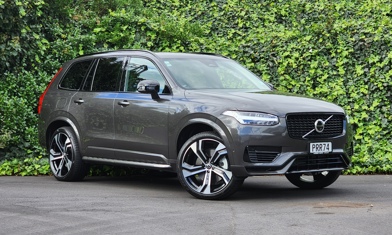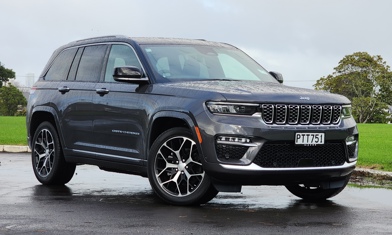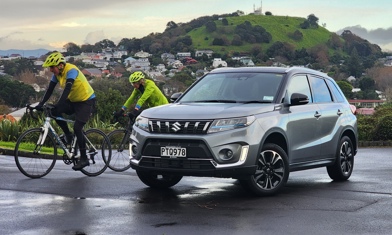The company formerly known in New Zealand as Great Wall Motors (back when it was flogging cheap utes with cast-off Toyota and Mitsubishi engines) has faced something of an identity crisis in this part of the world as it has advanced up the quality ladder from those initial utes.
With multiple brands (Great Wall, Haval, etc) specialising in different segments, the company lacked a cohesive umbrella brand to bring everything together. Which is why GWM is now being used as that umbrella brand for the company's other marques in this part of the world.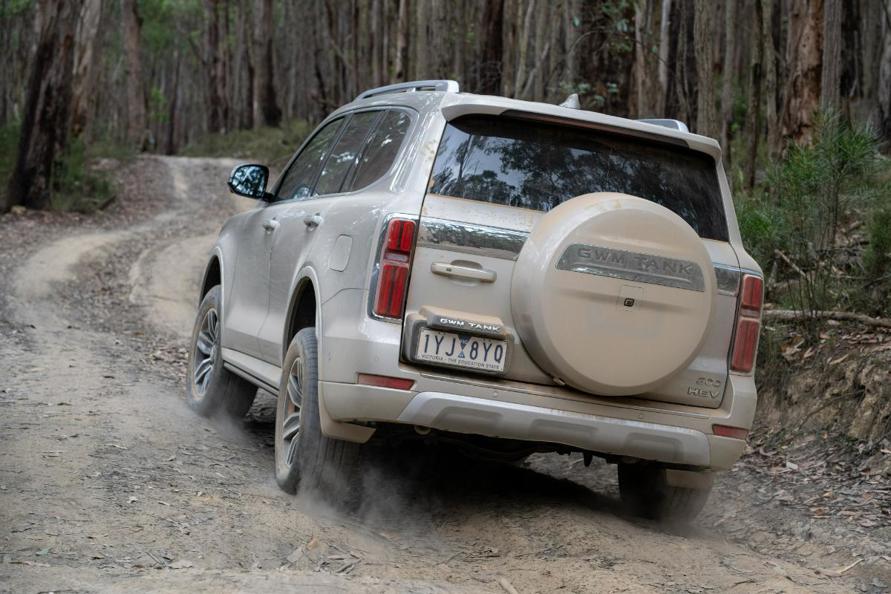
While Ora is GWM's small EV brand, Haval is the small/medium SUV Crossover brand and the ute is alternately known just as the GWM Ute or GWM Cannon, or some combination thereof. Which is still slightly confusing, but Cannon is likely to become, well, canon (sorry) for the ute.
That leaves Tank, which is the GWM brand that specialises in "tough yet premium" off-roaders. Think Toyota Land Cruiser and other ladder chassis 4x4s with lots of leather and extras jammed in them.
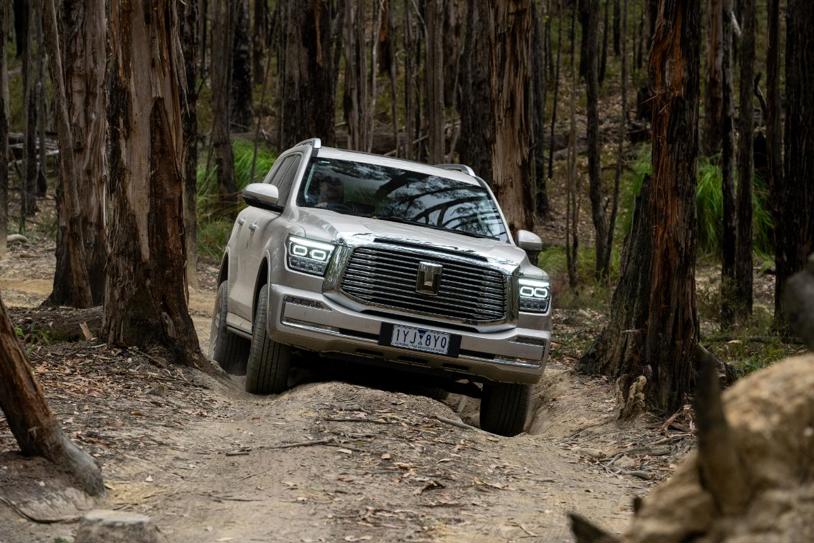
Which is exactly where the newest addition to the Tank range comes in. The GWM Tank 500 is a big, Land Cruiser-sized seven seat luxury SUV with rugged underpinnings, lashings of luxury inside and an impressive amount of cutting-edge tech to aid in both on-road and off-road performance.
At 5078mm long, 1934mm wide and 1905 mm tall, the Tank 500 is a big and bold SUV (with an unmistakable - but equally big and bold - chrome grill up front) that comes to New Zealand in two forms, both hybrids and both without the usual large V6 or V8.
The Tank 500 Lux and Tank 500 Ultra are both powered by a 180kW/380Nm 2.0-litre four-cylinder petrol engine, which may sound like a little underwhelming in a segment used to sixes and eights, but the Tank's secret lies in the hybrid set up that adds a 78kW/268Nm electric motor integrated into the 9-speed automatic transmission to produce a combined output of 255kW and 648Nm for the big SUV.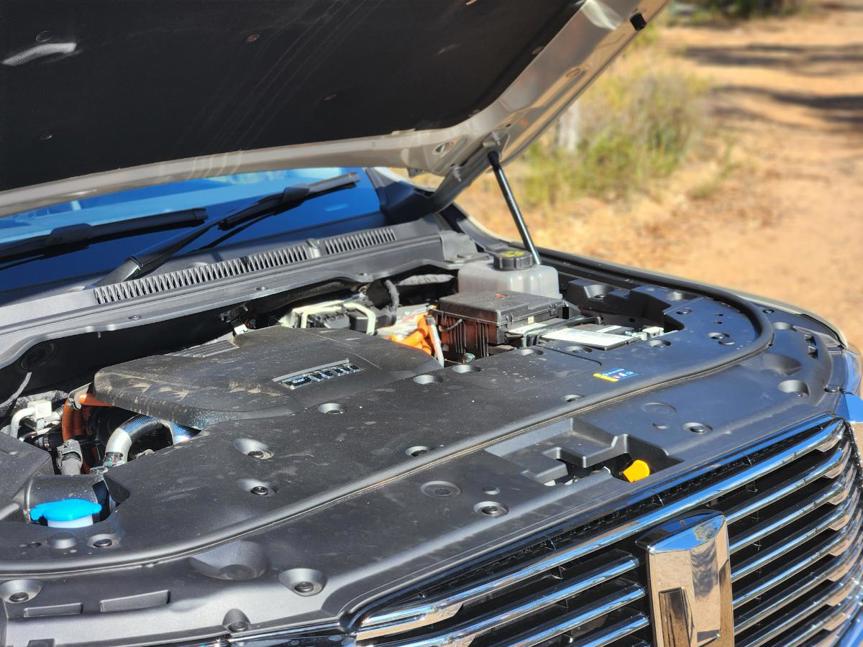
Which is definitely up there with the heavy hitters in the segment - for reference, the Toyota Land Cruiser 300's twin-turbo diesel V6 pumps out 227kW and 700Nm. But where the Land Cruiser kicks off at $132,990 for the entry level VX model, the Tank 500 Lux starts at $74,990.
While the pricing may seem impressive for the amount of kit on offer, the truly impressive part is the genuine quality of the Tank 500.
And don't think for a minute that this is a stripped-out entry model, as the Lux comes loaded with kit, including 18-inch alloy wheels, artificial leather upholstery, heated front seats (with eight way power adjustment for the driver and four way for the passenger), a sunroof, a 14.6-inch infotainment touchscreen with wireless Android Auto and Apple CarPlay, an 8-speaker audio system, a 12.3-inch digital cluster, automatic LED headlights, an electronic rear diff lock and an automatic parking system.
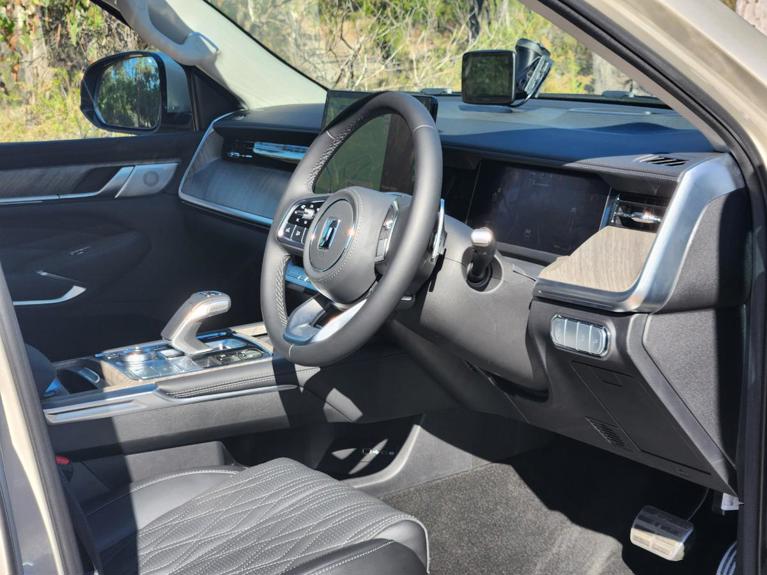
It also gets a full suite of safety and driver assists, including a 360 degree camera, rear cross traffic alert, lane keep assist, lane departure warning, traffic sign recognition and adaptive cruise control with intelligent turning.
The Ultra model ups this by adding a panoramic sunroof, electronically retractable side steps, a head-up display, a full nappa leather interior (in either black or a rather impressive cream with blue accents), 64-colour ambient interior lighting, a heated steering wheel, front seats with heating, ventilation and a massage function, ventilated second row seats, electronically folding third row seating, second row window shades, a 12-speaker premium audio system, a soft-close tailgate, active noise cancelling and an electronic locking front diff. All of which ups the price to $82,990.
While the pricing may seem impressive for the amount of kit on offer, the truly impressive part is the genuine quality of the Tank 500. We only got to drive the top-spec Ultra model at the launch, and the materials and build quality on offer were deeply impressive for the money asked, also utterly embarrassing other SUVs in its price range that you could argue it is also aimed at, like the SsangYong Rexton and Ford Everest.
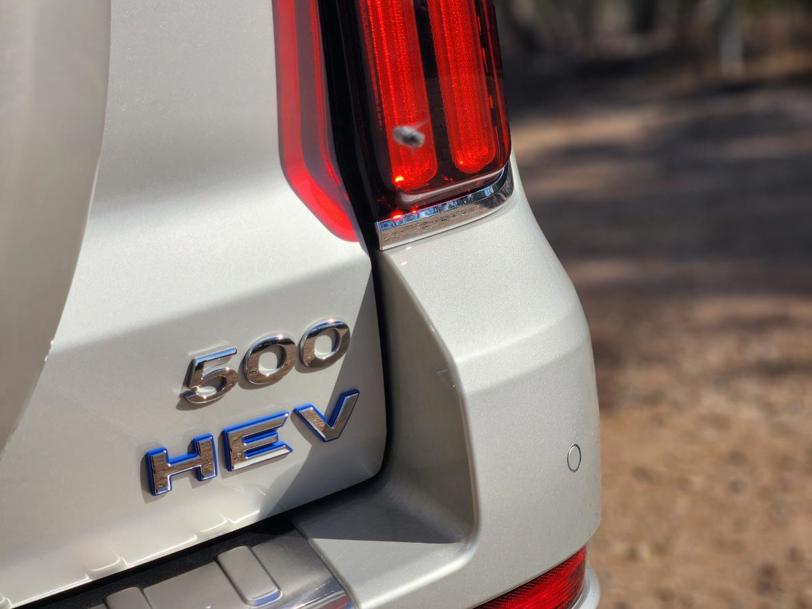
Out on the road, the 500 has a slightly firm ride (to be expected from a large ladder chassis SUV with decent off-road ability), but is overall a very comfortable big cruiser and impressively quite as well.
And as for that 2.0-litre petrol powertrain? GWM stressed that it was a hybrid system that was there for power rather than to be frugal, yet it managed both rather well.
The powertrain is responsive once up and running, but is somewhat laggy off the line, with a noticeable delay as the power builds up, which is somewhat baffling given that there is an electric motor to fill in for the traditional turbo lag. Still, once up the revs a bit the 500 belts along with authority, effortlessly overtaking slower traffic and punching out of corners with ease.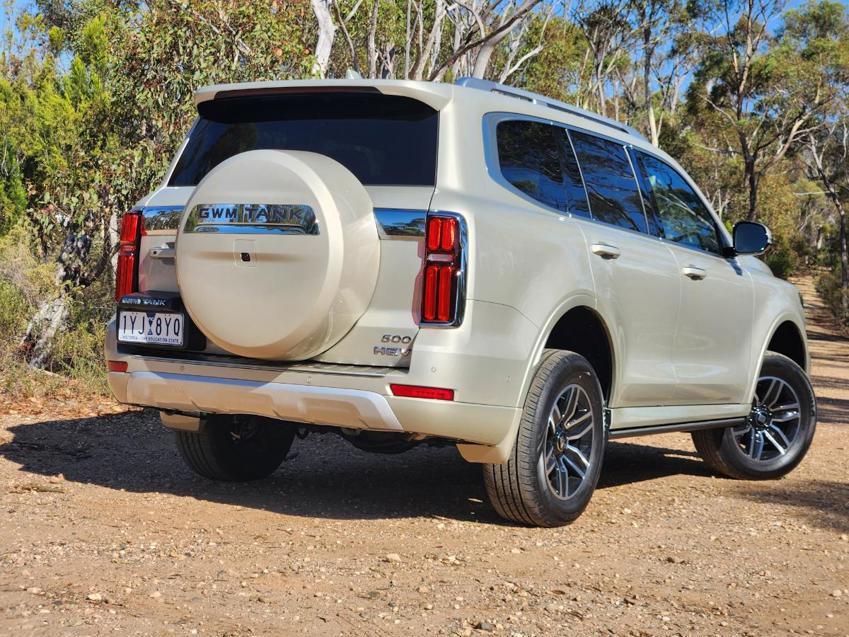
The driver assists were much better than other Chinese product of late, but were still overly naggy, particularly the lane assist system that was a constant chiming companion. At least until it was turned off.
And as for that 2.0-litre petrol powertrain? GWM stressed that it was a hybrid system that was there for power rather than to be frugal, yet it managed both rather well. While there was that lag off the line, the powertrain otherwise felt strong and muscular. And, yes, it will tow 3000kg on a braked trailer.
GWM claims a combined average fuel consumption of 8.5l/100km for the 500 and during our several hundred kilometres both on and off road with it, it averaged around 12. Which is not exactly that close to GWM's claim, largely because they quote Australian ADR figures that, unlike the more 'real world' based WLTP test, are pretty well removed from reality. We would expect a WLTP figure to be closer to the 10l/100km mark, making that 12 pretty impressive for the amount of off-roading we did, some of which got pretty gnarly in places too.
With 244mm of ground clearance, and approach, breakover and departure angles of 30, 22.5 and 24 degrees respectively, the Tank 500 is capable of tackling some serious terrain that, as it turned out, even the previously mentioned Land Cruiser would struggle with.
The powertrain is responsive once up and running, but is somewhat laggy off the line, which is somewhat baffling given that there is an electric motor to fill in for turbo lag.
How do we know that? Well, a photo crew that was along for the launch had a Land Cruiser 300 that made harder work out of a number of obstacles that the Tank breezed over, largely due to its slightly higher ground clearance, but also its fully retractable side steps. But even more impressively, the Tank was on ordinary HT road tyres while doing it, at on-road pressure and we only engaged the rear diff lock a couple of times, never needing the front one at all.
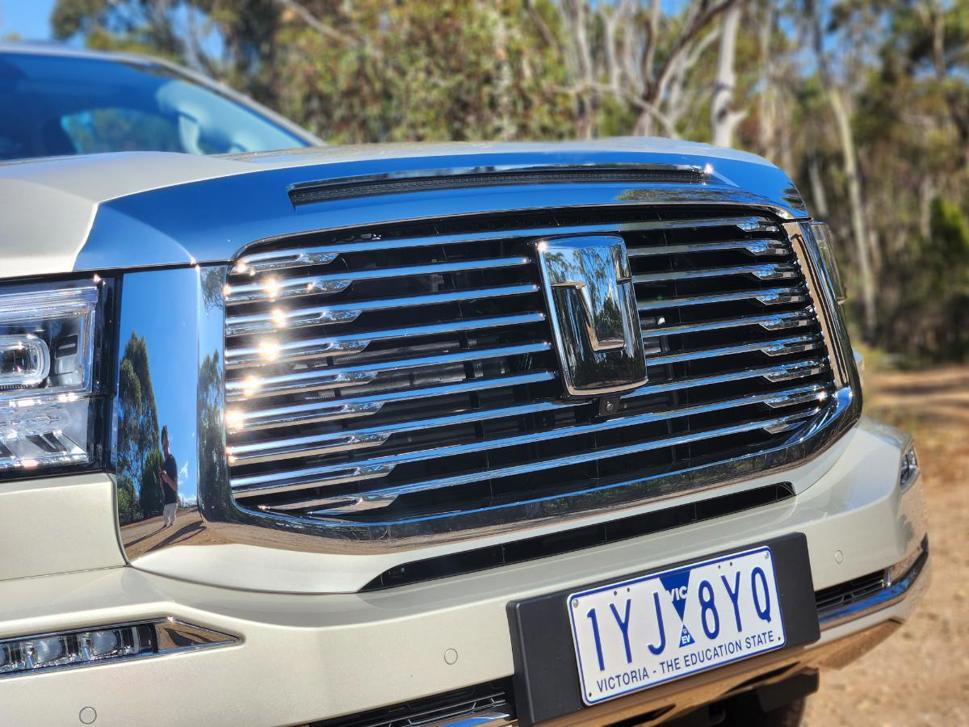
While it also boasted good ride quality on gravel, the driver assists that were intrusive and irritating on the road became utterly infuriating off it, with the lane assist system constantly bleating, which is something you would expect to turn itself off automatically once you select one of the off-road modes. But it didn't.
However, these are relatively minor niggles in what is a truly impressive effort from GWM. And, interestingly, there were a number of top brass from GWM in China present for the launch who insisted on a round table with the assembled journalists after the drive to hear our feedback. While we have experienced this kind of thing before, the level of attention and frantic note taking indicated they were genuinely taking our criticisms on board and things like the lane assist would actually likely be addressed.
ENGINE: 2.0-litre turbo-petrol four-cylinder engine and electric motor POWER: 255kW/648Nm GEARBOX: 9-speed automatic with part-time 4WD and low-range transfer CONSUMPTION: 8.5l/100km (ADR) PRICE: $74,990 to $82,990











